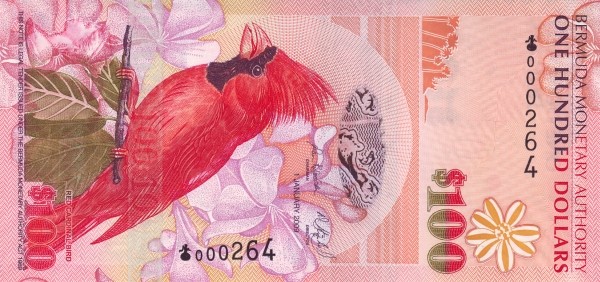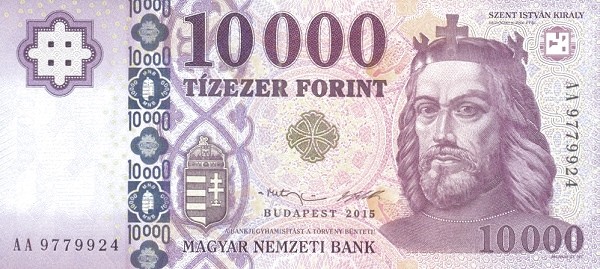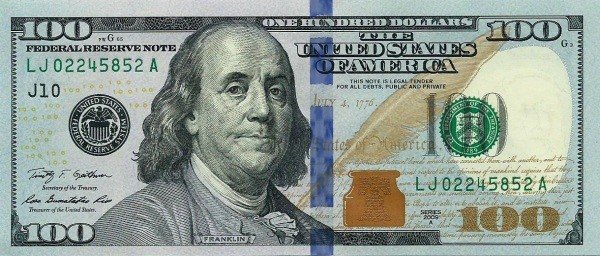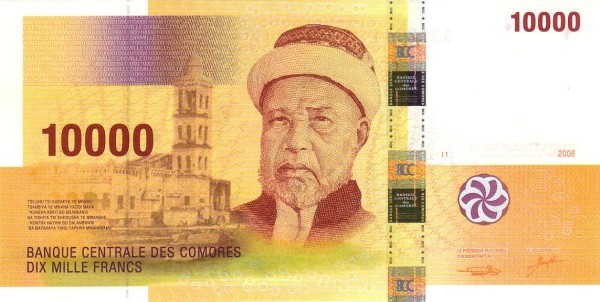Dollar down as markets bet Fed done with hikes
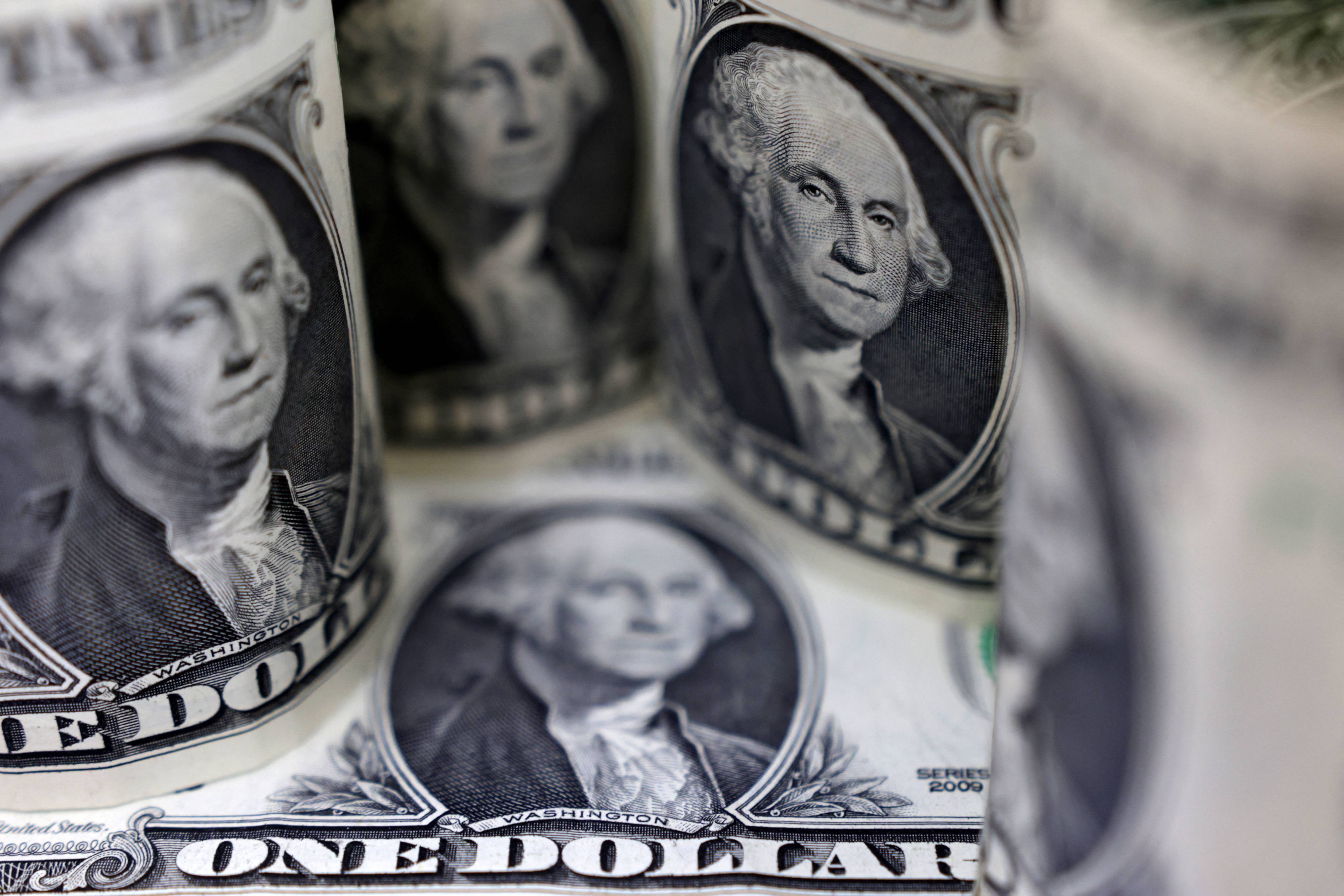
U.S. Dollar banknotes are seen in this illustration taken July 17, 2022. REUTERS/Dado Ruvic/Illustration/File Photo Acquire Licensing Rights
TOKYO, Nov 15 (Reuters) - The dollar sputtered at broadly lower levels on Wednesday after slumping overnight as a surprisingly softer U.S. inflation reading bolstered bets that the Federal Reserve has reached the end of its monetary tightening cycle.
The offshore Chinese yuan, meanwhile, received some support after domestic industrial output and retail sales growth beat expectations.
The activity data generally appeared to be "further evidence of very slow progress being made" in China's economy, said Rob Carnell, Asia-Pacific Head of Research and Chief Economist at ING.
The offshore yuan briefly ticked up to a three-month high of $7.2385 against the dollar before easing back somewhat to $7.2477.
At the same time, glum news continued to roll out of China's property sector, with sales falling at a faster pace in October and investment in real estate slumping, official data showed.
With no end in sight for problems in the sector, that's likely to seep into other parts of the Chinese economy, "keeping them just a little bit mediocre," said Carnell.
The New Zealand dollar , which can act as a proxy for China, ticked up to a one-month high of $0.6029 against the dollar.
The sell-off in the dollar drove a rally for many of its peer currencies, with the euro sitting just below an over two-month high hit on Tuesday.
The frenetic currency market activity was sparked by data showing U.S. consumer prices were unchanged in October, with the annual rise in underlying inflation the smallest in two years. In the 12 months through October, the CPI climbed 3.2% - below economists' estimates - after rising 3.7% in September.
The data prompted market participants to all but eliminate the chance of another rate hike at the Fed's December monetary policy meeting, while bets of a rate cut in May next year increased to around 50%, according to the CME Group’s FedWatch Tool.
Traders reacted quickly to the shift in market pricing by sending the dollar tumbling 1.5% overnight against major currencies. At the same time, U.S. Treasury yields, which have helped to boost the greenback, tumbled.
The dollar index , which measures the currency against a basket of peers, last stood at 104.14, not far from Tuesday's two-month low of 103.98.
With the dollar on the back foot, the euro settled around $1.08725 after touching its highest since August the previous day.
The pound was fetching $1.2489, around levels last seen in September.
The greenback's overnight fall saw some relief for the languishing yen, which eased off Monday's fresh one-year low of 151.92.
Dollar/yen crept up slightly to 150.68, as data revealed Japan's economy contracted in July-September, complicating the central bank's efforts to gradually exit from its ultra-easy monetary policy.
Still, Moh Siong Sim, currency strategist at the Bank of Singapore, sees softer U.S. yields and the risk of intervention by the Japanese government limiting the likelihood of the yen weakening much further than it already has.
Between those factors and a Fed which is likely to retain a somewhat hawkish tone, dollar/yen is a "range-bound story for the time being," he said.
Reporting by Brigid Riley Editing by Shri Navaratnam and Lincoln Feast.
Our Standards: The Thomson Reuters Trust Principles.
Bermudian Dollar
Bermudian Dollar2009BMD1002009BMD102009BMD202009BMD22009BMD502009BMD5
Hungarian Forint
Hungarian Forint2015HUF100002018HUF10002017HUF200002016HUF20002017HUF50002018HUF500
US Dollar
The US Dollar is the currency of the United States of America and several other countries and territories. It is also the most widely used currency in international trade and finance, and the main reserve currency of the world. Here is a brief introduction of the US Dollar:The US Dollar was
Comorian Franc
The Comorian Franc is the official currency of the Comoros, a small island nation located in the Indian Ocean. It was introduced in 1981 to replace the French Franc, which had been in use since the country's colonial period. The currency is issued by the Central Bank of the Comoros and is available in both paper and coin form. The exchange rate of the Comorian Franc is determined by market forces and is subject to fluctuations. While the currency has faced some challenges in the past, such





